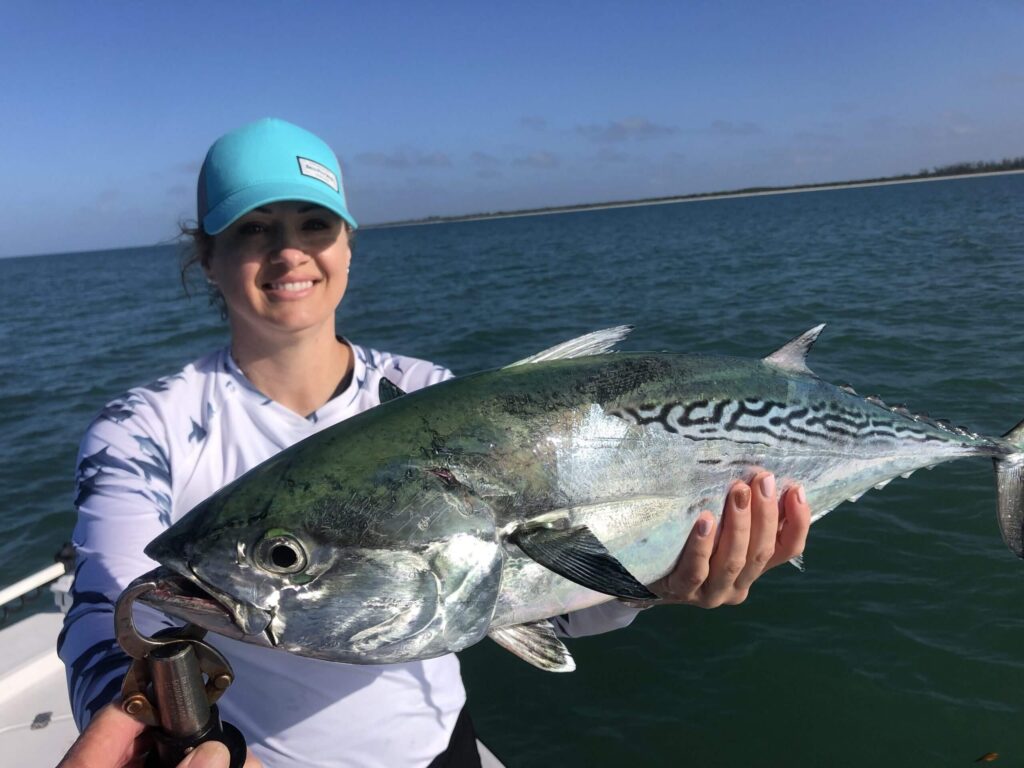
Hey there, fellow fishing fanatics! Are you ready to experience the adrenaline rush of chasing down one of the fastest, most acrobatic fish in the sea? Then buckle up, because today we’re diving headfirst into the exhilarating world of false albacore fishing! These speed demons, affectionately known as “albies,” are a favorite among anglers for their lightning-fast runs, aerial acrobatics, and sheer fighting spirit. By the end of this guide, you’ll be armed with the knowledge, tactics, and insider tips to track down these silver bullets and experience the thrill of a lifetime. So, grab your gear, let’s hit the water, and get ready for an unforgettable albie adventure!

Albies are voracious feeders, and their diet consists primarily of small baitfish like anchovies, silversides, and bay anchovies. They’re constantly on the move, searching for schools of baitfish to ambush.
When albies find a school of baitfish, it’s like a scene from a nature documentary. The water erupts in a chaotic feeding frenzy, with albies slashing through the baitfish and sending them scattering in all directions. Seabirds often join the party, diving from the sky to snatch up any injured or disoriented baitfish.

Albies are migratory fish, following the schools of baitfish as they move along the coast. They can be found in a variety of habitats, but they prefer areas with clean, moving water and plenty of structure.
In the spring and fall, when water temperatures are moderate, albies are often found in nearshore waters, inlets, and bays. As the water warms up in the summer, they may move offshore to deeper waters.
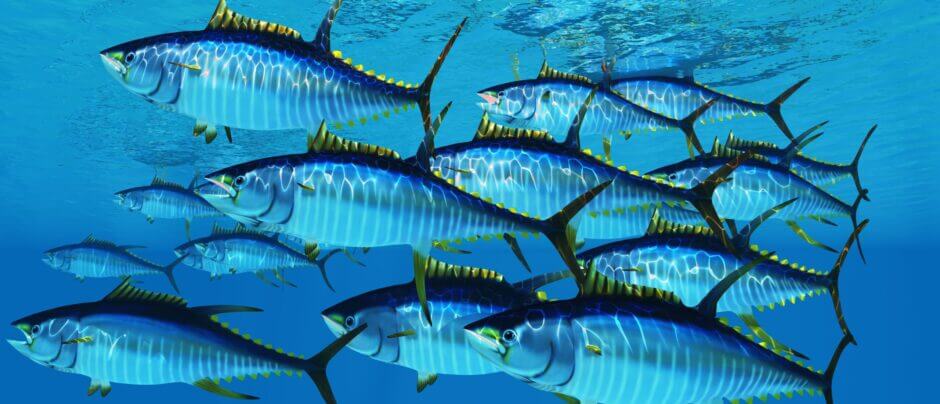
One of the most exciting aspects of albie fishing is their schooling behavior. Albies often travel in large schools, creating a spectacle that’s hard to miss. When a school of albies is feeding on the surface, it’s like a silver flash mob, with fish jumping and splashing all around.
If you’re lucky enough to encounter an albie school, be prepared for fast action. These fish are quick and decisive, so you’ll need to be ready to cast your lure or fly into the fray at a moment’s notice.
Now that we’ve got a handle on albie behavior, let’s talk about the gear you’ll need to tame these speedsters.
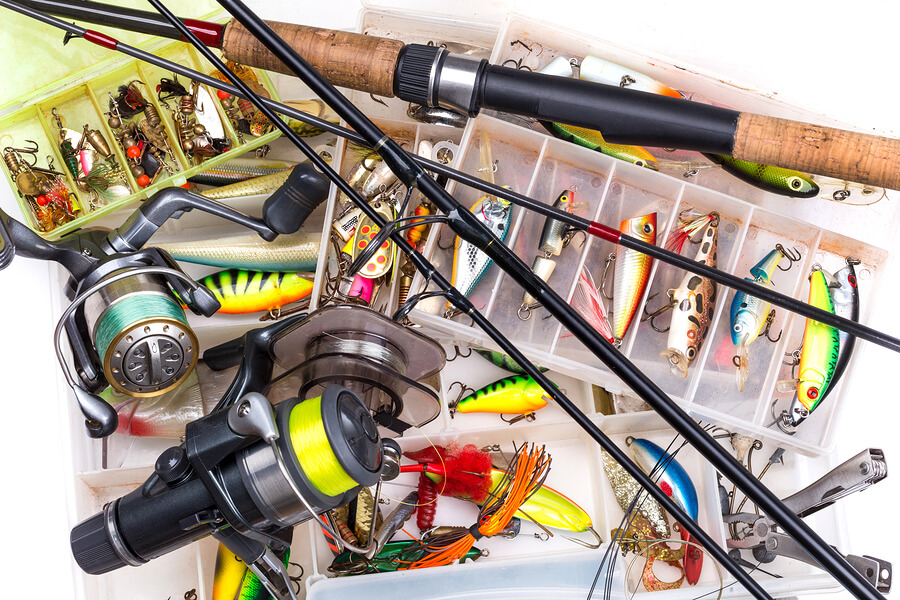
For albie fishing, a light to medium action spinning rod is ideal. You want a rod that’s sensitive enough to detect subtle bites but also has enough backbone to handle the albie’s powerful runs. A 7- to 8-foot rod is a good all-around choice.
Pair your rod with a fast retrieve spinning reel spooled with 10- to 20-pound test braided line. The fast retrieve will help you keep up with the albie’s speed, and the braided line will give you the sensitivity and strength you need to land these feisty fish.
When it comes to leaders, fluorocarbon is the way to go. It’s nearly invisible underwater, which is essential when targeting albies in clear water. I typically use a 15- to 20-pound test fluorocarbon leader, but you may need to go heavier if you’re fishing around rocks or other structure.
Albies are attracted to small, fast-moving lures that mimic the baitfish they feed on. Some of the most effective lures for albies include:
The key is to “match the hatch,” meaning you want to use lures that resemble the baitfish that the albies are feeding on. Pay attention to the size, color, and action of the baitfish, and try to match those characteristics with your lures.
Now that you’re geared up and ready to go, let’s explore some proven techniques for catching albies.
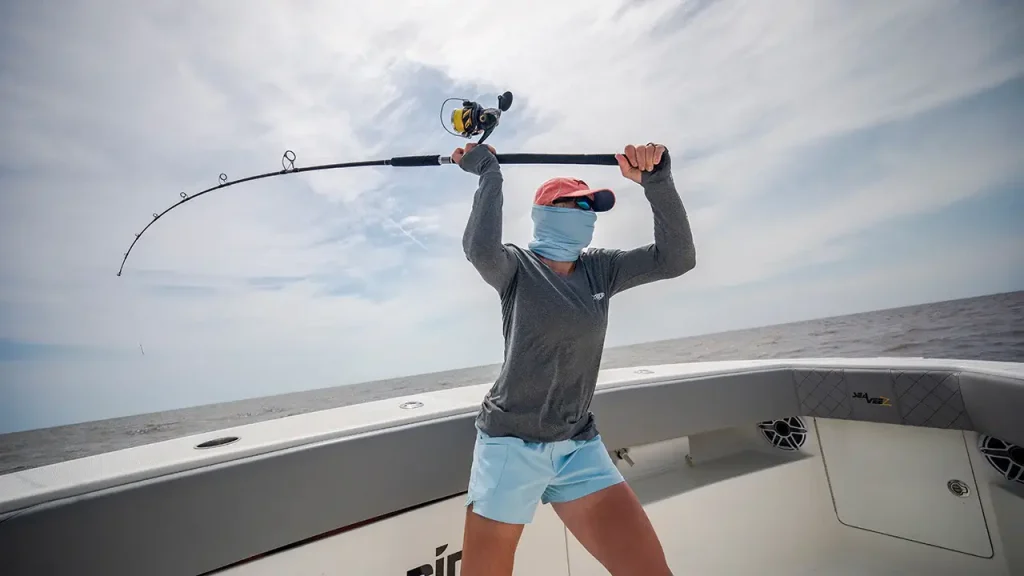
The most common technique for albie fishing is casting and retrieving your lure. But there’s a bit of an art to it. Albies are fast swimmers, so you’ll need to retrieve your lure quickly and erratically to trigger a strike.
Experiment with different retrieval speeds and actions until you find what works best. Sometimes a straight, fast retrieve will do the trick. Other times, you might need to add some twitches or pauses to your retrieve to make your lure look more like a wounded baitfish.
Sight casting for albies is the ultimate test of an angler’s skill. It involves spotting a school of albies on the surface, casting your lure or fly into the middle of the frenzy, and hoping that one of the fish takes the bait.
Sight casting requires quick reflexes and accurate casting. You’ll need to be able to place your lure or fly in front of a moving fish, and you’ll only have a split second to do it. But the thrill of sight casting to albies is unmatched.
Trolling is another effective technique for catching albies, especially when you’re trying to cover a lot of water. It involves dragging multiple lines and lures behind your boat at a slow speed.
When trolling for albies, it’s important to use a variety of lures at different depths. This will increase your chances of finding the fish and triggering a strike.
Now that you’ve mastered the basic techniques, let’s delve into some insider tips that will help you catch more albies.
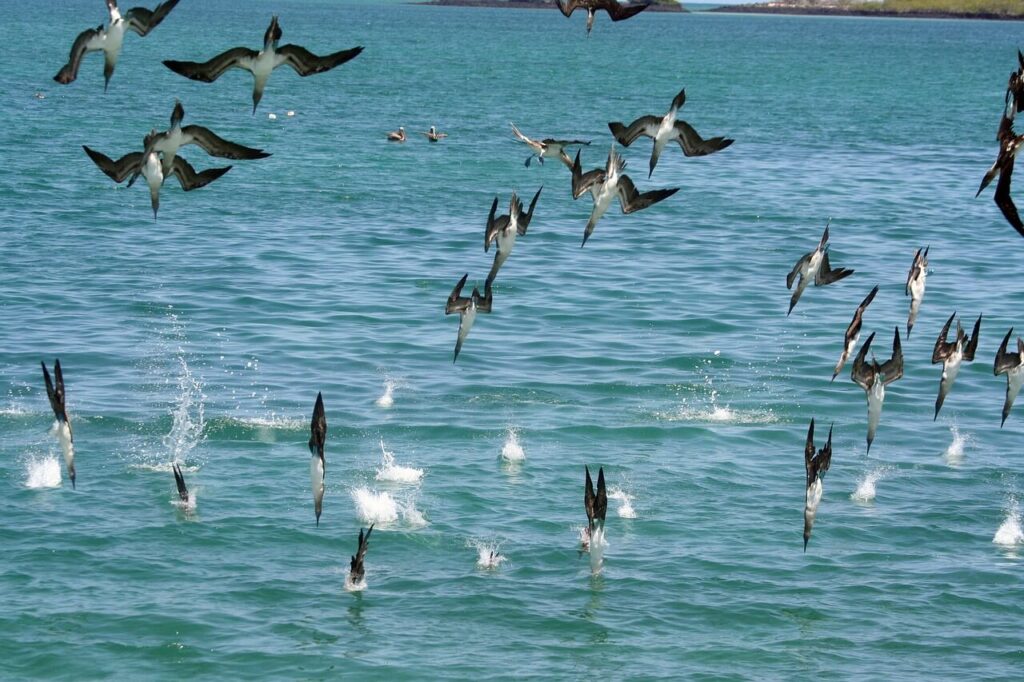
Paying attention to the water and weather conditions can give you a huge advantage when fishing for albies. Look for areas with clean, moving water and plenty of baitfish activity. Birds diving into the water are a sure sign that albies are feeding nearby.
Weather patterns can also influence albie behavior. On calm, sunny days, albies may be more likely to feed on the surface. On windy or overcast days, they may be holding deeper in the water column.
The tides can play a big role in albie fishing. Incoming tides often bring baitfish closer to shore, which can attract albies to shallow water. Outgoing tides can concentrate albies in deeper channels and inlets.
The best times of day to fish for albies are typically early morning and late afternoon, when the light is low and the water temperature is moderate.
When fishing for albies, it’s important to be mindful of other anglers. Avoid crowding other boats or cutting them off when chasing a school of fish. Remember, fishing is supposed to be fun, so let’s all be respectful and courteous on the water.